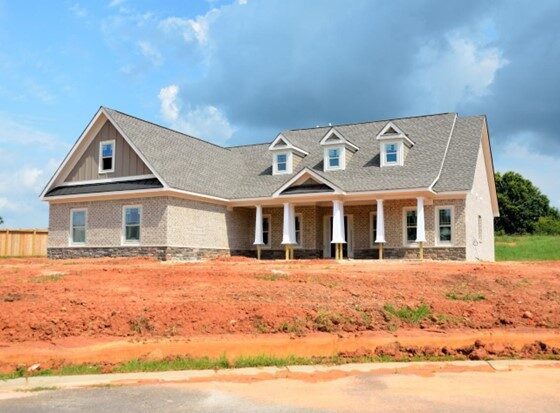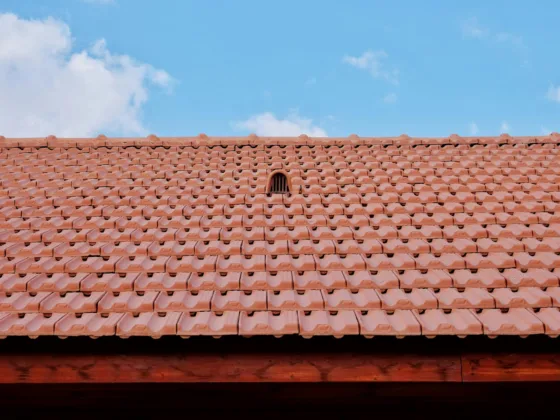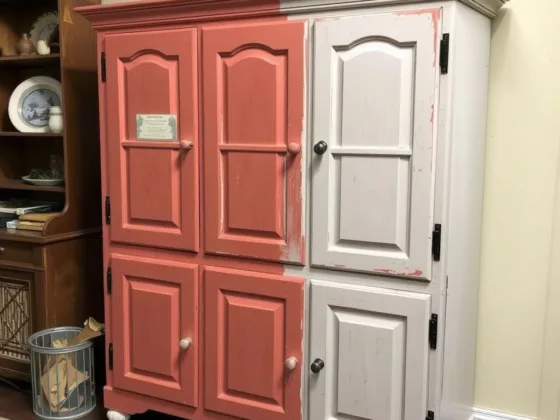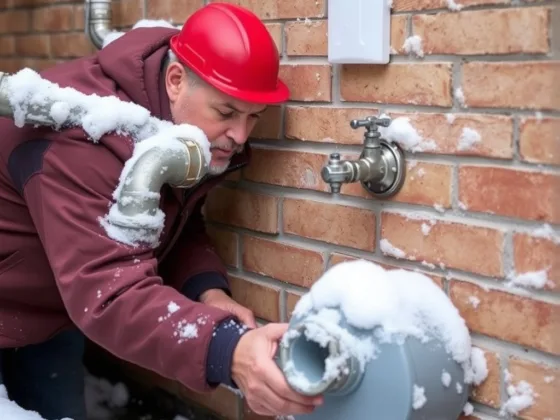Table of Contents Show
Buying a new home can be an exhilarating experience, full of excitement and possibilities. However, with the thrill comes a tinge of apprehension, as investing in a new home is a significant decision that requires careful consideration.
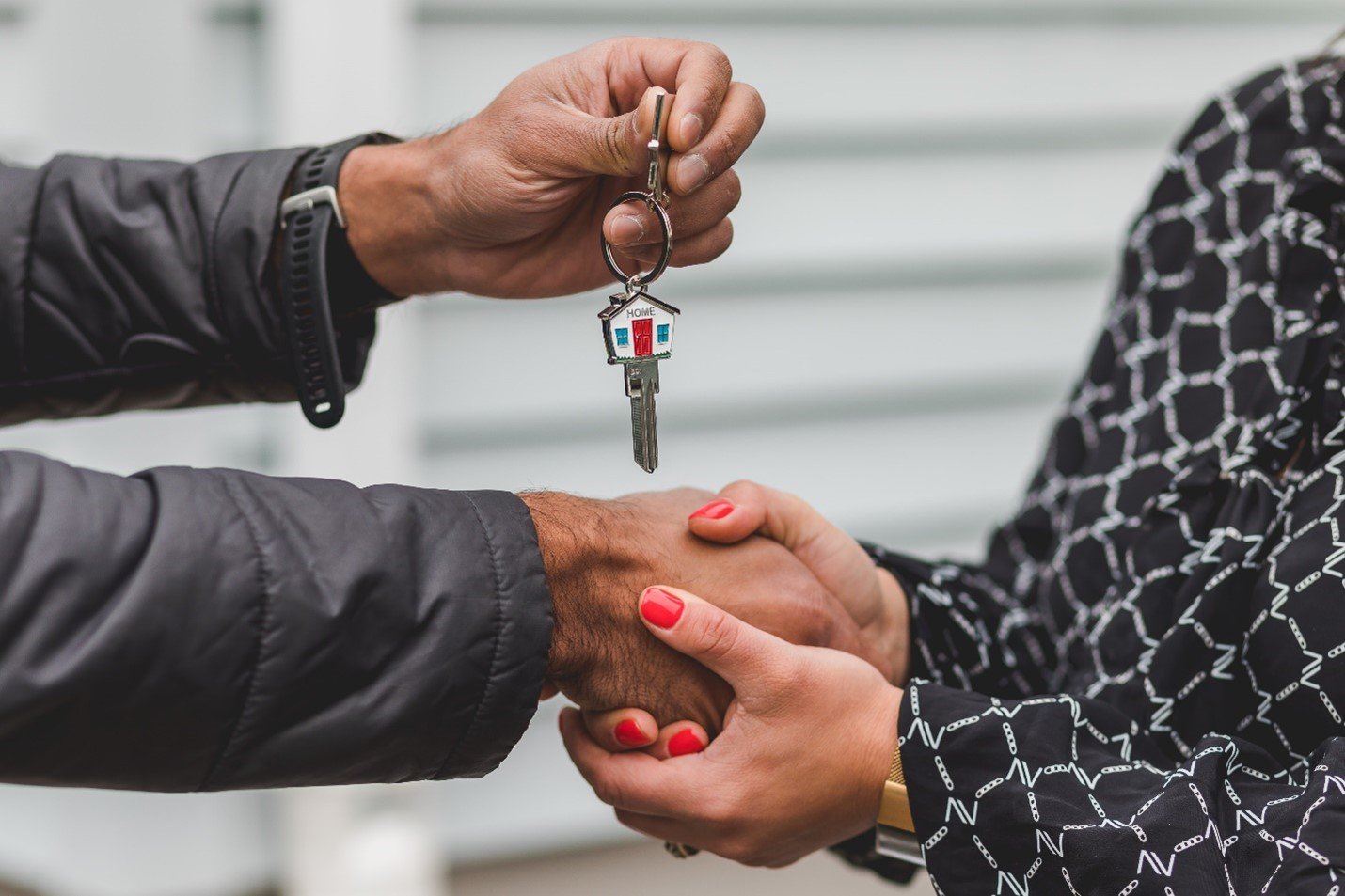
Whether you’re looking for a comfortable place in the suburbs of Western Texas like Lakeway City, or a cozy apartment in an opulent location, being not well-versed in the art of home-buying can feel like rolling the dice when making a purchase.
The fear of discovering unexpected expenses after closing day can leave you feeling like you’re gambling with your hard-earned money.
That’s why it’s crucial to learn how to identify any red flags that could indicate a potential money pit. You want to ensure that the house you buy is aesthetically pleasing, structurally sound, and meets your specific needs.
This guide will highlight some crucial factors to remember while embarking on the exciting journey of buying a new home in Texas suburban areas. So, buckle up, and let’s get started!
1. Location
Here’s the most important advice you’ll hear when buying a new home: location, location, location. That’s right, where your potential home is situated can make all the difference!
While you can change up the interior and exterior of a house to suit your tastes, you can’t alter its geographical location.
So, when you’re house hunting, it’s vital to take into account factors like how close it is to your job, the orientation of the house on its lot (hello, natural light!), how easy it is to get in, and out, and the level of noise and traffic in the surrounding area.
However, it’s not just about the house itself; it’s also about what’s around it. If a cozy suburban feel of Western Texas appeals to you, then considering Lakeway, TX homes for sale could be ideal.
Imagine taking a leisurely stroll in a nearby park or having a shopping center just a few blocks away for those last-minute errands. And if you have kids, top-rated schools nearby check everything from the list!
Read Also:
2. Neighborhood
When you’re on the hunt for a new home, remember to think beyond the four walls of the house. Instead, find a neighborhood that matches your lifestyle and values.
One way to get a feel for a neighborhood is to drive around during different times of the day and week. This can give you a better sense of the area’s vibe and what living there would be like.
Feeling safe in your neighborhood is essential, so be sure to take note of any safety concerns. For example, would you feel comfortable walking, running, or biking around the area? Are there sidewalks and streetlights to make nighttime walks a breeze? Moreover, if you have children or pets, finding a neighborhood that is child or pet-friendly is important.
3. Size and Layout
It’s important to determine your ideal home size and floor plan before beginning your search and sticking as closely as possible to those criteria.
While additional square footage can provide the space for that craft room, home gym, or theater room you’ve always wanted, keep in mind that larger homes can result in higher energy bills and taxes and require more furniture and cleaning effort.
Therefore, it’s crucial to realistically assess the space and layout you’ll need for your current lifestyle and the duration you plan to reside in the home. This way, you can find a home that accommodates your needs and fits comfortably within your budget and maintenance capabilities.
4. The Kitchen
The kitchen is often considered the heart of the home, and it’s important to have one you love. While a full-blown kitchen remodels may seem the ultimate solution, it can be costly and time-consuming.
If your budget is already stretched, waiting for the funds to become available can feel like an eternity.
That said, if the existing kitchen only requires minor upgrades, such as new appliances, to suit your requirements, it may be worth considering. Remember, your home reflects who you are, and your kitchen should be no exception.
5. Stable HVAC
Picture this: you finally found the home of your dreams, but the temperature inside feels like you’re stuck in the Sahara or the North Pole. Don’t let yourself suffer through a living situation like a colonist in the 18th century.
Instead, take the time to investigate the HVAC system of any potential homes before you purchase. Ask about the heating and cooling system’s age, type, and maintenance records, and keep an eye out for any signs of damage or wear and tear.
If everything seems to be in order, you can breathe a sigh of relief and move on to the next item on your house-hunting checklist.
6. Mold and Water Damage
Beware of the sneaky and silent home intruder that goes by the name of water damage! It can wreak havoc on your dream home, causing nasty issues like mold, rot, and even structural damage – especially in the basement.
Keep your senses alert for any musty odors or water stains on floors and ceilings. And if you suspect water damage, don’t panic just yet! Your trusty home inspector can investigate and give you the scoop on how bad it really is.
Just remember, the cost of removing mold can give you a real shocker – ranging from a few hundred to a few thousand dollars depending on the extent of the damage. So, let’s keep the horror stories at bay by checking for water damage before it’s too late!
7. Budget
It’s a no-brainer that you should stick to your budget when searching for your dream home. After all, you don’t want to end up house-poor, where you can barely afford the monthly mortgage payment.
However, in a cut-throat real estate market, you may need to flex your negotiation skills to land the home you love. Just remember, there’s no need to overspend or put yourself in a financial bind.
Conclusion
While getting caught up in the thrill of buying a house is easy, keeping your priorities in mind and carefully evaluating each property you consider is crucial.
From the neighborhood to the kitchen to the HVAC system, there are many factors to weigh before deciding, so make sure to do your research.


